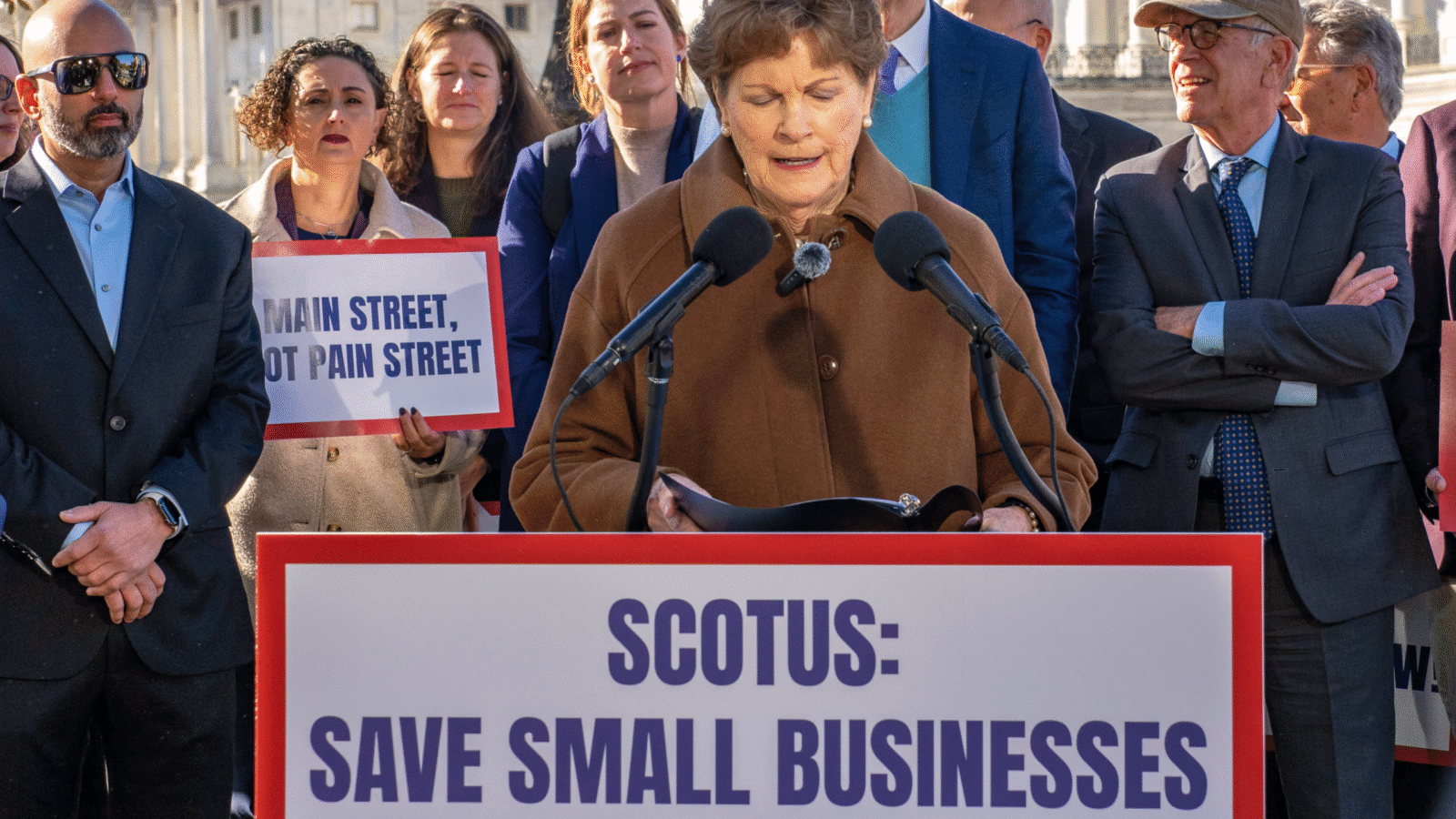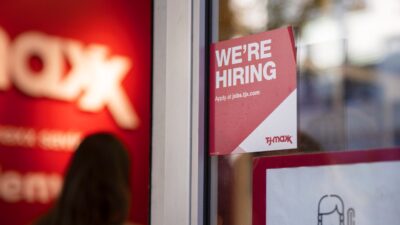Surprisingly Grim Jobs Data May Accelerate Fed Interest Rate Cuts
New private sector data that suggests the labor market is hurting may become especially influential with Bureau of Labor Statistics data likely on hold amid the government shutdown.

Sign up for smart news, insights, and analysis on the biggest financial stories of the day.
The Trump administration reportedly plans to keep most national parks open during the government shutdown. That means Americans can still enjoy viewing the annual deciduous kaleidoscope of red, yellow, umber and orange in the autumn foliage of the country’s most storied wilderness preserves.
The view for economists, investors and Federal Reserve officials, on the other hand, will be at least partially obstructed amid a data blackout. Notably, that means the Bureau of Labor Statistics’ monthly jobs report is now unlikely to be published on Friday. That lent outsized weight on Wednesday to payroll provider ADP’s monthly private sector jobs report: It augurs well for a rate cut, though not so much for the labor market.
Data Backup
There are no immediate dramatic risks to equity markets from the shutdown, experts have said. “Back in the 70s/80s, shutdowns resulted in poor market reactions,” John Luke Tyner, Aptus Capital Advisors’ head of fixed income, noted on Wednesday. “However, since 1995, the S&P 500 has finished higher during every shutdown.” He added that, because this is a “partial shutdown” due to a failure to pass the budget, rather than a standoff over the debt ceiling, it is “less worrisome for markets given there is no default risk.” To that end, the S&P 500 rose 0.3% Wednesday.
What is at risk is data that investors and policymakers rely on to make decisions. According to ADP’s latest report, the labor market isn’t doing so hot. Private payroll employment fell by 32,000 in September, significantly below the consensus forecast of a 51,000 increase. In addition, ADP revised its previously reported gain of 54,000 in August to a drop of 3,000. Private payroll job growth has averaged just 23,000 in the past three months, and has fallen in three of the past four months, figures which could soon weigh extra heavily on the Fed:
- Bill Adams, Comerica Bank’s chief economist, said the “weaker than expected” ADP report “could have outsize influence on the next Fed decision” if the shutdown lasts until the central bank’s next policy meeting on October 29. The private payroll data “makes the Fed more likely to cut the federal funds target another quarter percent at their October meeting,” he added, noting Comerica forecasts 25 basis-point cuts in October and December.
- Another data point released Wednesday, the Institute for Supply Management’s latest Purchasing Managers’ Index, indicated new orders and employment in the manufacturing sector contracted last month. Input costs also rose as tariffs continued to ripple through the economy, or as one respondent to the survey bluntly put it: “Steel tariffs are killing us.”
Not to Blame: One factor that’s not yet to blame for labor market disruption is artificial intelligence. Despite fears, a new Yale Budget Lab analysis found that the US job market hasn’t experienced significant disruption due to advances in AI since the launch of ChatGPT in 2022.











